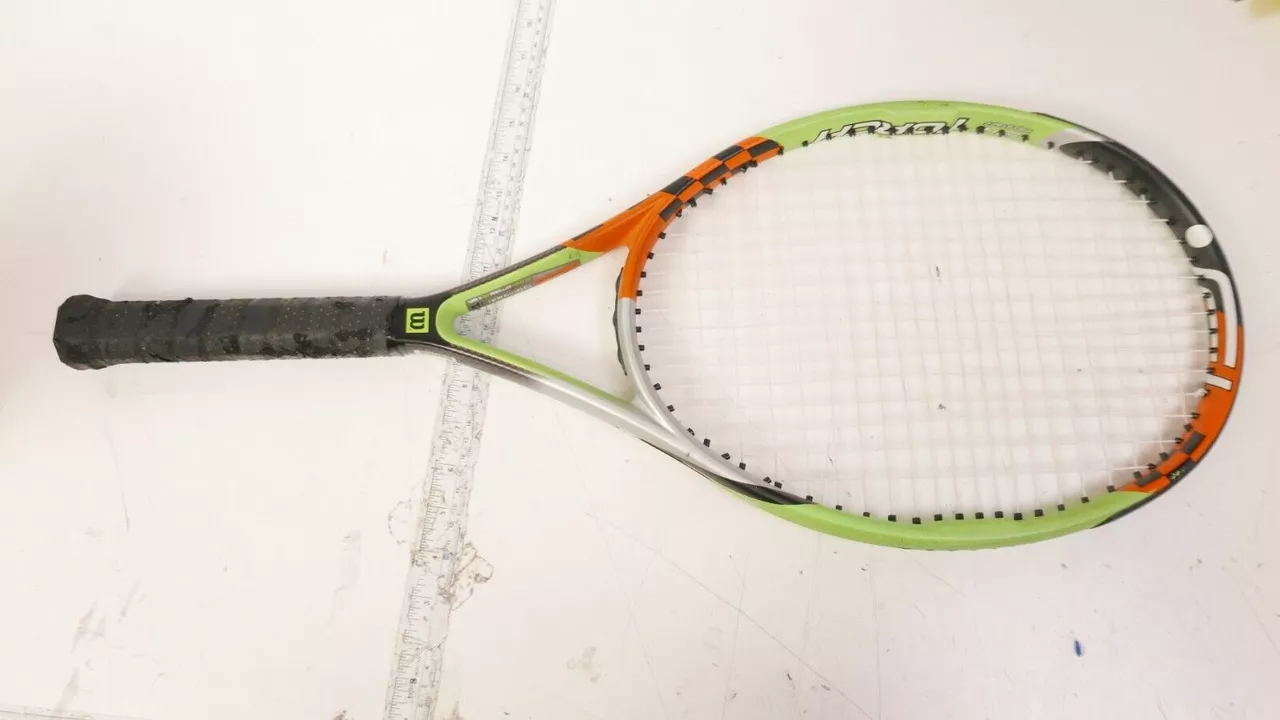
Is two-piece stringing bad for your tennis racquet?
Introduction to the World of Tennis Racquets
Ye olde tennis racquet, the trusty pal that aids us in smashing those aces and returning those killer serves. I fancy myself something of a tennis enthusiast. There's something extremely therapeutic about that 'thwack' sound when the ball connects just right with the racquet. In our household, our idea of a fun Sunday is getting on the court and serving out a few good-natured games with the family. Yep, Cassandra, Aubrey, Keegan and yours truly, often battling it out, even if the kids often have to play the referee role!
But have you ever paused to ponder over that piece of wonder in your hand? The tennis racquet, my friends, is a scientific masterpiece, a fascinating combination of design, material science, and sometimes, a dash of quirky innovation. Why, you ask? Well, it all hangs together in the strings, the integral element that decides the power and control of each shot.
And stringing, as we are about to unravel, is a world in itself. Among countless debates that regularly decorate the mighty realm of this sport, there’s one that's been bouncing around recently: Is two-piece stringing bad for your tennis racquet?
Models of Racquet Stringing: One-Piece Vs. Two-Piece
As tennis enthusiasts, we might be familiar with the two types of stringing models - one-piece and two-piece stringing. One-piece stringing involves a single length of string, used to string the whole racquet, while two-piece stringing uses a different string piece for the mains and the crosses.
Some swear by one-piece, while others are champions of the two-piece model. Both methods have their loyalists, reasons, and quirks. To understand if two-piece stringing is indeed bad for your tennis racquet, we need to know the ins and outs of these methods first.
The Intricacies of One-Piece Stringing
The one-piece stringing is the classic or traditional method. It involves threading a single string throughout the racquet - mains first, then the crosses. Many manufacturers have their racquets designed with this method in mind. It's simple, straightforward, and you'll only need to work with one length of string.
One important tip here: always ensure that you have enough string. It's a common mishap to run short, and suddenly you find yourself in the all too familiar world of “string spaghetti.” Trust me, I’ve been there.
Everything About Two-Piece Stringing
Two-piece stringing is the rebel of the racquet stringing world. It flies in the face of tradition, using, as you guessed it, two pieces of string. This method threads the mains with one string, and the crosses with another. Why you ask? I'll explain that in a bit.
The other potential benefit of two-piece stringing is the possibility of hybrid stringing. This involves using two different types of string for the mains and the crosses, which can result in exciting possibilities for control, spin, and power. Game-changer, isn’t it?
The Pros and Cons of Two-Piece Stringing
Two-piece stringing is not without its unique set of benefits and drawbacks. As with everything, the “right” method depends on your particular needs, your skills, your racquet's frame, and even sometimes, the weather! Let's delve into the pros and cons of choosing two-piece stringing.
Impacts of Two-Piece Stringing on Your Beloved Racquet
The all-important question, then: Does two-piece stringing harm your racquet? Look, as a self-appointed Racquet Whisperer, if anything is bad for the racquets, I’d be the first to know. However, the reality is, it takes more than a double-whammy of strings to cause serious harm to these sturdy companions.
In my experience, I've yet to see a racquet break due to two-piece stringing. Furthermore, I've found that it even contributes to the racquet's overall stability in some cases. However, the type of racquet you have and how you use it play a significant role in this.
Final Words: Is Two-Piece Stringing the Villain or the Hero?
So, there you have it, dear readers, a deep-dive into the realm of two-piece stringing and its potential impacts on your racquet. Is it the villain or the hero? Well, as is often the case in life, the answer ‘depends’.
From my tennis escapades and continuous quizzing of my fellow tennis enthusiasts, I believe that two-piece stringing is an incredible option if used correctly and with the right intention. Like most things, moderation and knowledge are key.
Stringing is a science as well as an art. And sometimes, it takes a bit of a tangle to find the perfect balance. Whether you are a die-hard fan of the one piece or more inclined towards the two piece, happy stringing folks! Keep those balls flying and racquets swinging. Until next time, it's Griffin signing off, with the hope of sharing many more interesting tennis anecdotes and adventures with you all.
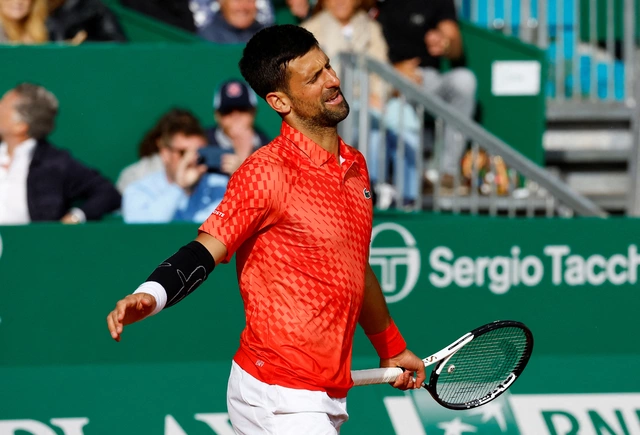
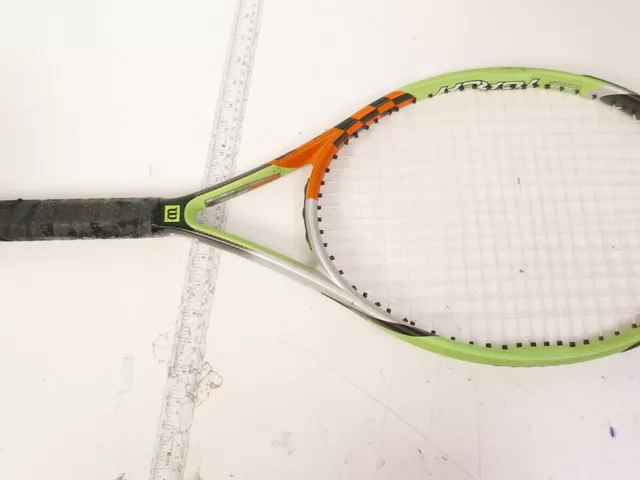
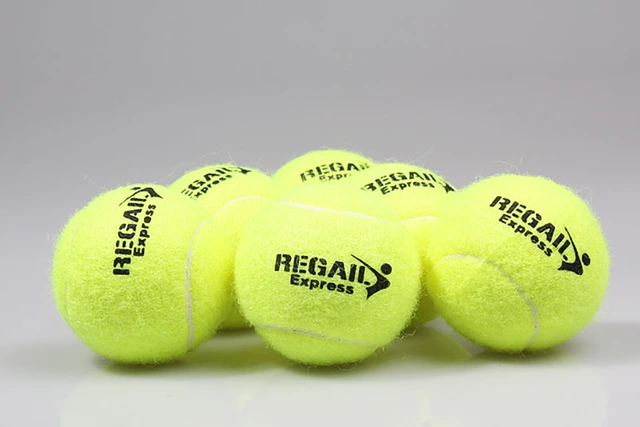

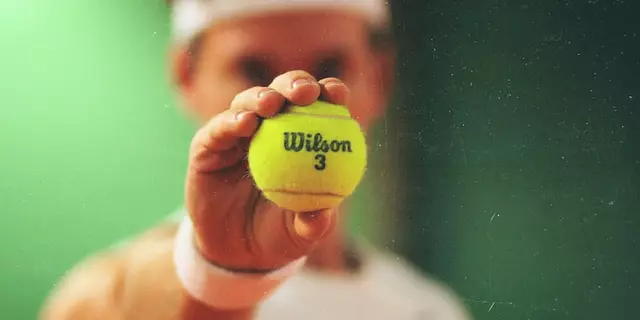
Written by Griffin Callahan
Hi, I'm Griffin Callahan, a sports enthusiast with a particular expertise in tennis. I've dedicated years to studying the game, both as a player and an analyst. My passion for tennis has led me to write extensively about the sport, covering everything from player profiles to match analyses. I love sharing my knowledge and insights with fellow tennis fans, and I'm always eager to engage in discussions about the sport we all love.
All posts: Griffin Callahan